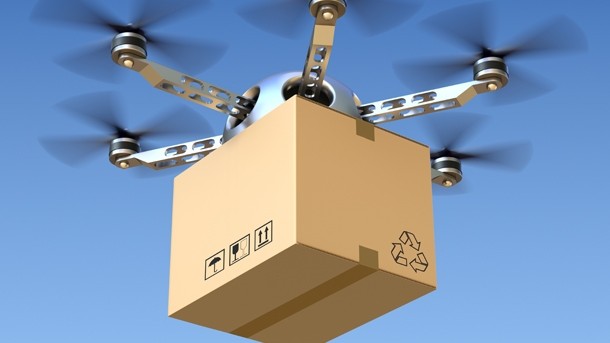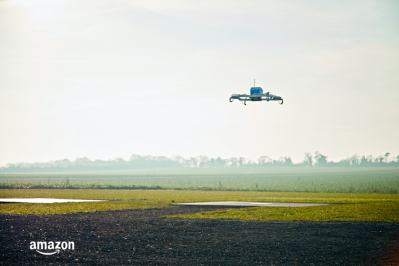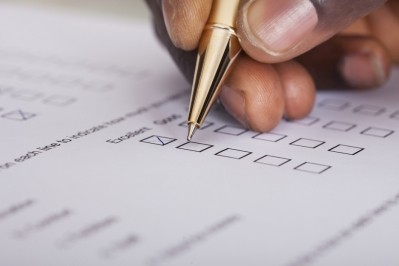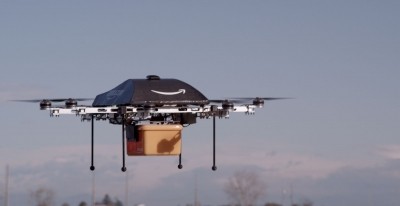Drones to play a big role in food chain

If the government’s proposed Modern Transport Bill achieves its objective, it will “bring safe commercial drone flight for businesses a step closer”, thereby putting the UK at the cutting edge of safe technology, said Weightmans partner Peter Forshaw.
However, it remained to be seen whether their benefits would outweigh the emerging risks and challenges to manufacturers and their insurers when underwriting suitable cover, he added.
The Modern Transport Bill, laid out in the Queen’s speech in May, included measures to encourage investment in drones.
Globally, drones already play a significant role in food and drink manufacturers’ supply chains. Figures from market research firm Juniper suggested that the agricultural sector would account for 48% of all commercial drone sales in 2016. They are widely considered to survey, monitor, protect and treat crop areas more quickly than traditional methods.
Forshaw believed a key use for drones in manufacturing would be in designing and implementing a palletising process, as trialled by Qimarox in the Netherlands over the past couple of years. The use of drones, he argued, would allow greater scale and flexibility than doing it by hand. “Drones have the ability to speed up internal delivery processes between production points and enhance storage, perhaps, in less accessible factory space,” he said.
“Similarly, delivery from factory to buyer whether they are retailers or consumers is likely to be enhanced by drones, particularly for those providing niche products to remote areas.”
However, he believed that those using drones in food and drink supply and their insurers, would need to respond to a number of potential risks as the use of drones became more widespread.
“First, product malfunction could embroil operators in complex and expensive litigation, requiring the identification of the specific cause and determination of whether such liability should rest with the manufacturer, the software programmer, the operator or a combination of these,” Forshaw said.
The second issue was public liability. The aerial reach of drones made negligent collision with people, buildings, and other aircraft, leading to property damage, personal injury and possible loss of life in extreme cases “a real possibility”, he explained.
“Nuisance is also a concern. Fines or imprisonment may result from actions for public and private nuisance, trespass, or applications for injunctions to restrict operators’ use of drones. Finally, privacy may also be a factor.”















